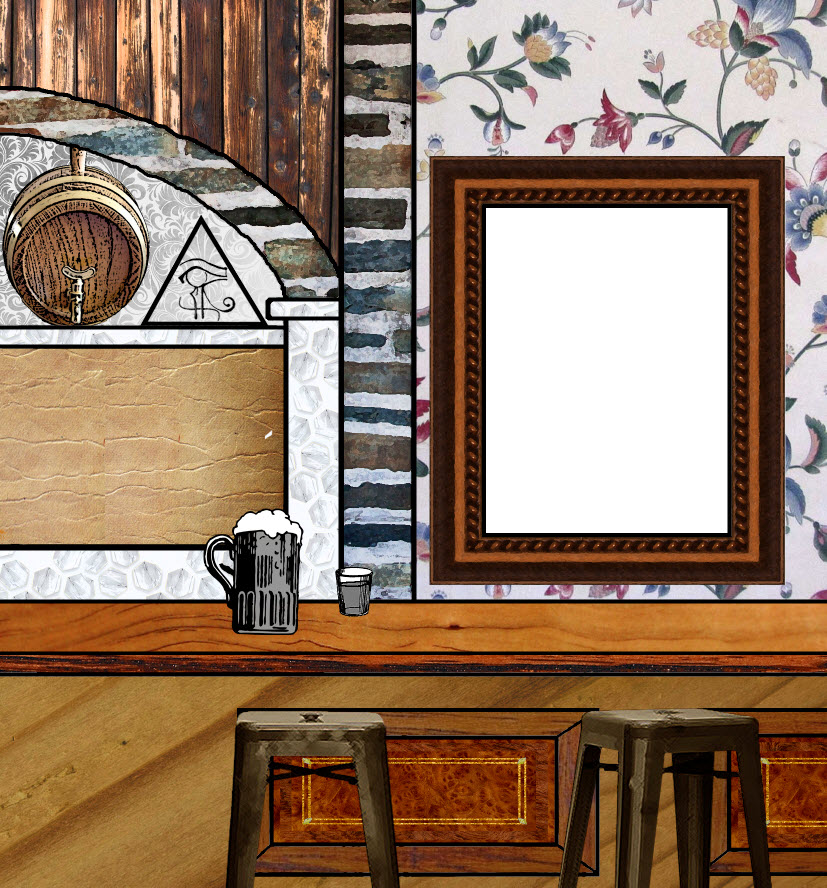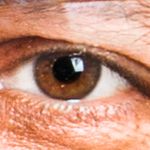- Home
- Photoshop ecosystem
- Discussions
- Re: How do you add depth to a file with multiple l...
- Re: How do you add depth to a file with multiple l...
Copy link to clipboard
Copied
Hello,
I hope y'all are doing well!
I have a .psd file with roughly 65 layers... Since I created it, I can easily perceive its depth. However, after looking at the scene on a daily basis, I can see how others might find that difficult to do.
So I'm wondering how to develop a depth effect with a muli-layered file while keeping all the layers visible and in-focus.
I am using Photoshop CC 2017.
Thanks in advance for your time and your help!
- James
 1 Correct answer
1 Correct answer
Two elements that impact the illusion of depth in an image are relative change of sharpness of objects in the scene, and the size of known objects in relation to each other. Since you put a priority on sharpness of all the objects in the scene, object size in relation to other objects is critical. In addition, objects in the far distance should have less color saturation and density range (and, sorry to say: less sharpness) than near objects -- call it a haze factor. One more thing: the apparent
...Explore related tutorials & articles
Copy link to clipboard
Copied
Two elements that impact the illusion of depth in an image are relative change of sharpness of objects in the scene, and the size of known objects in relation to each other. Since you put a priority on sharpness of all the objects in the scene, object size in relation to other objects is critical. In addition, objects in the far distance should have less color saturation and density range (and, sorry to say: less sharpness) than near objects -- call it a haze factor. One more thing: the apparent vantage point for each object must be identical. (For example: You cannot have one object as seen from eye-level and another in the scene from an elevated vantage point. It immediately looks contrived. )
Copy link to clipboard
Copied
Look at real pictures and how illustion of the depth of view is created. Physical limitations of the camera lens and also of our eye make that not all the elements in view are in focus. If you want giving a depth feeling, you need to play with focus and shadows and the colour saturation (thanks to Norman for thinking about that).
In animation you also have the movement (objects farer away move slower...).
Now all depends on how realistic your representation needs to be. Sometimes subtle effects, like drop shadows, bevels do a lot of impression. But they will create an artificial depth-impression. Natural looking depth are most effective with a depth map and a coresponding mathematical model.
Copy link to clipboard
Copied
It might help if we could see a screenshot of the image you're working with. Realism is hard to articulate without reference points -- vaninshing, horizon & light source to name a few.
Copy link to clipboard
Copied
The easiest way to add depth is to take advantage of the 3d options in Photoshop and let Photoshop deal with focus and lighting.
Copy link to clipboard
Copied
Hi All,
Thanks so much for the quick and detailed responses!
Please see below for a snapshot of the scene in question... This is a bar scene. The space above the pint is the beer taps area. In front of that is the bar itself, and in front of that are the bar stools.

Copy link to clipboard
Copied
If each of those elements are on different layers than things are pretty easy: take the item you want folks to focus on and leave it alone. Then in the other layers you can EITHER put in a slight Gaussian blur at different amounts (depending on how much further it is away from the primary item) or, Better Yet: go to Filter -> Blur -> Lens Blur.
The primary thing is that the further from your main subject (which should not be blurred), the more blur you set for each layer.
What you're doing here is creating the look called Bokeh, the Japanese term used for a soft, out-of-focus appearance. In the camera you do this with very very low f-stops (e.g., 1.8 or so). High f-stops (16+) will have close and distance objects all in focus.
Copy link to clipboard
Copied
To add a bit to what Norman said, you need to work on perspective. See the video below.
How To Use PERSPECTIVE and VANISHING POINTS To Create AMAZING Composites In Photoshop - YouTube
Copy link to clipboard
Copied
Jimbo,
Since this is a Beginners Forum, I admire your desire to take on this project and the effort you have made. However, it would be hurtful to provide an honest criticism of the image, from its jam-packed and confusing composition to conflicting vantage points, unreal size relationships, lack of properly cast shadows, multiple unrelated textures, and random unrealistic objects, for starters. It seems to be a first attempt at Illustrator, rather than Photoshop. It would be unfair to offer this criticism without offering constructive advice. It is this: Analyze photographs of similar scenes. Make some of your own. Be aware of the contribution made by artful lighting. Consider the elements mentioned here and in other posts. One more thing: get rid of that "everything sharp" kick. Then begin again. From scratch. Good luck.
Copy link to clipboard
Copied
I suppose you did hit the point:
However, after looking at the scene on a daily basis, I can see how others might find that difficult to do.
So I'm wondering how to develop a depth effect with a muli-layered file while keeping all the layers visible and in-focus.
Find more inspiration, events, and resources on the new Adobe Community
Explore Now

